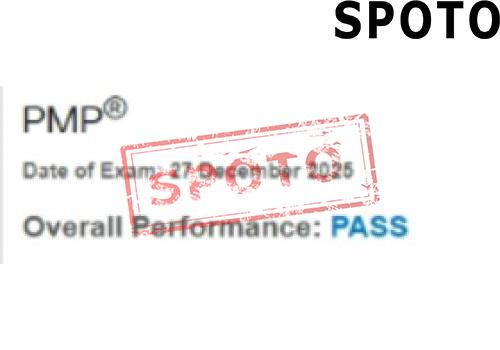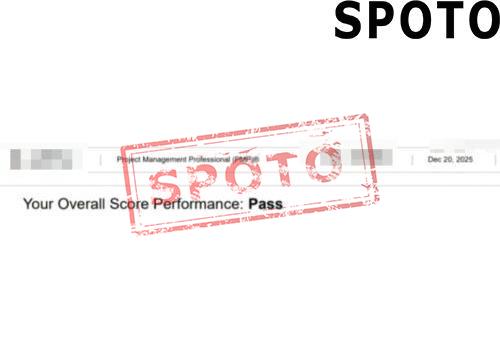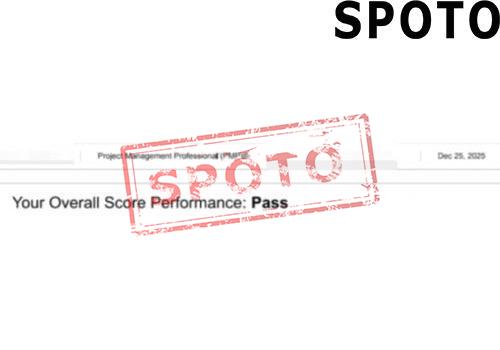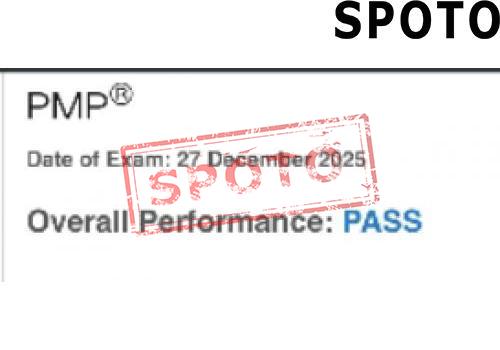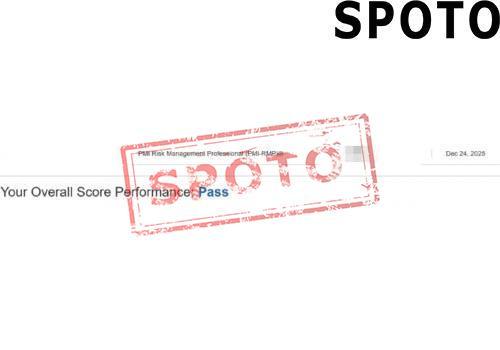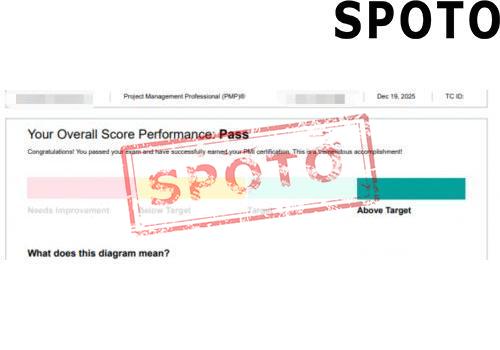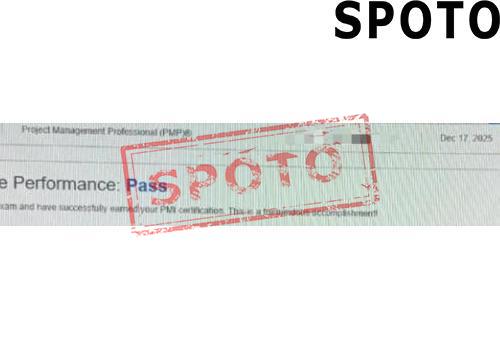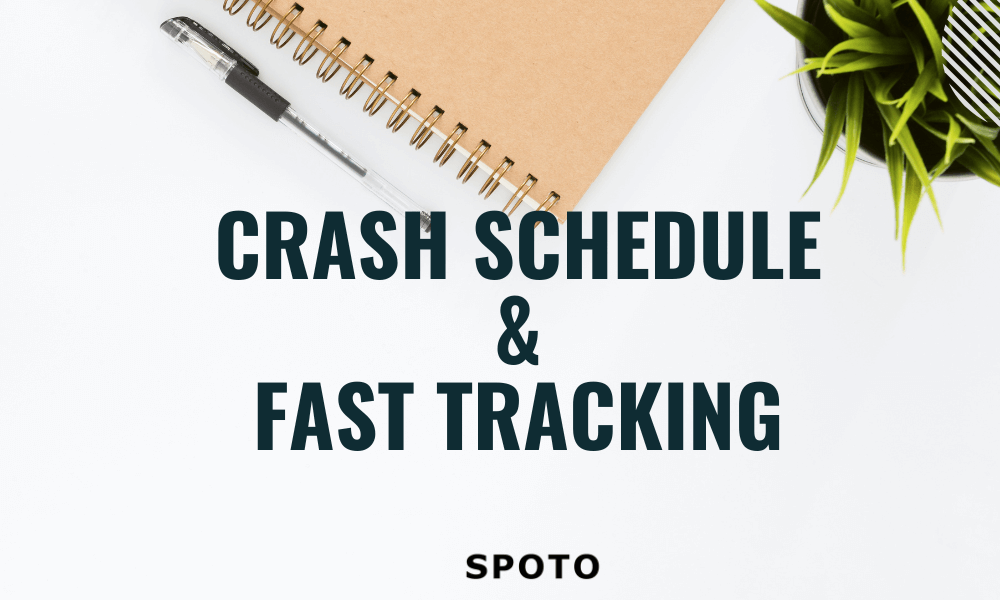
Table of Contents
In today’s fast-paced project environments, project managers often face pressure to meet tight deadlines without compromising quality. Two essential schedule compression techniques—crashing and fast tracking—can help accelerate project timelines. Understanding the differences, benefits, and risks of each approach is critical for making informed decisions and keeping your projects on track.
What Is Crashing in Project Management?
Crashing is a project schedule compression technique that involves adding additional resources to critical path tasks in order to reduce the overall project duration. This method is often considered when a project is behind schedule and needs to be delivered faster.
When to Use Crashing
-
When there’s a schedule delay that could affect project delivery.
-
When additional resources (e.g., team members, equipment) are available.
-
When reducing project time is more important than controlling cost.
Risks of Crashing
-
Increased costs due to overtime, new hires, or specialized equipment.
-
Potential resource overloading, leading to decreased team morale.
-
Diminished productivity if resources are not used efficiently.
What Is Fast Tracking in Project Management?
Fast tracking is the process of rearranging tasks to be done in parallel instead of sequentially. It’s used when overlapping phases can reduce the total project time without requiring extra resources.
When to Use Fast Tracking
-
When there is some flexibility in the task dependencies.
-
When tasks on the critical path can be overlapped safely.
-
When cost is a major constraint, but time needs to be reduced.
Risks of Fast Tracking
-
Higher risk of rework if dependent tasks are started too early.
-
Increased coordination complexity among teams.
-
Potential quality issues due to rushed or incomplete task execution.
Crashing vs Fast Tracking: Key Differences
| Feature | Crashing | Fast Tracking |
|---|---|---|
| Definition | Adding resources to shorten schedule duration | Overlapping tasks to reduce the timeline |
| Cost Impact | Increases project costs | Generally cost-neutral |
| Risk Level | Moderate | High |
| When to Use | When you have budget flexibility | When task overlap is feasible |
| Primary Trade-off | Cost vs Time | Risk vs Time |
| Complexity | Moderate | High |
Real-World Example: Crashing vs Fast Tracking
Let’s say your team is building a software application. You're behind schedule, and the client insists on on-time delivery.
-
If you crash the schedule, you might bring in additional developers to work overtime on critical coding tasks. This speeds things up but increases the project cost.
-
If you fast track, you might start the testing phase before the development is 100% complete. This allows overlap in processes but introduces the risk of having to redo testing if the code changes later.
How to Decide Between Crashing and Fast Tracking
Ask yourself:
-
Do you have extra budget to allocate? If yes, consider crashing.
-
Can you safely perform tasks in parallel? If yes, consider fast tracking.
-
Is time the most critical constraint, or can you compromise on it?
-
Are the project risks manageable in either case?
Both techniques can be effective, but the right choice depends on your project's unique constraints—cost, time, risk tolerance, and task dependencies.
